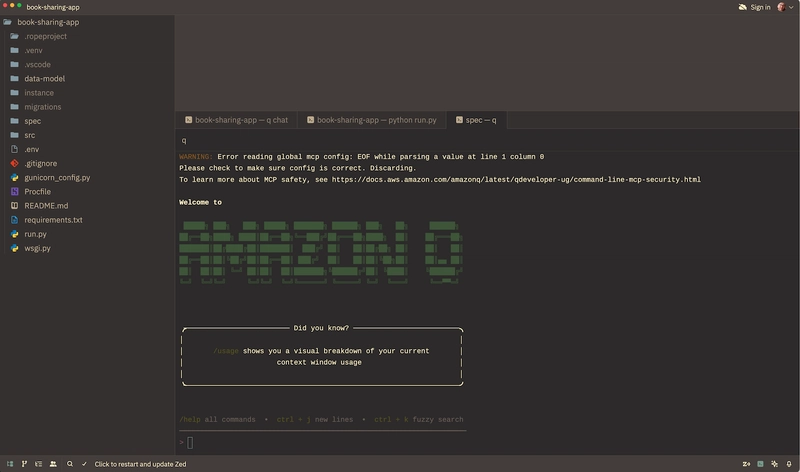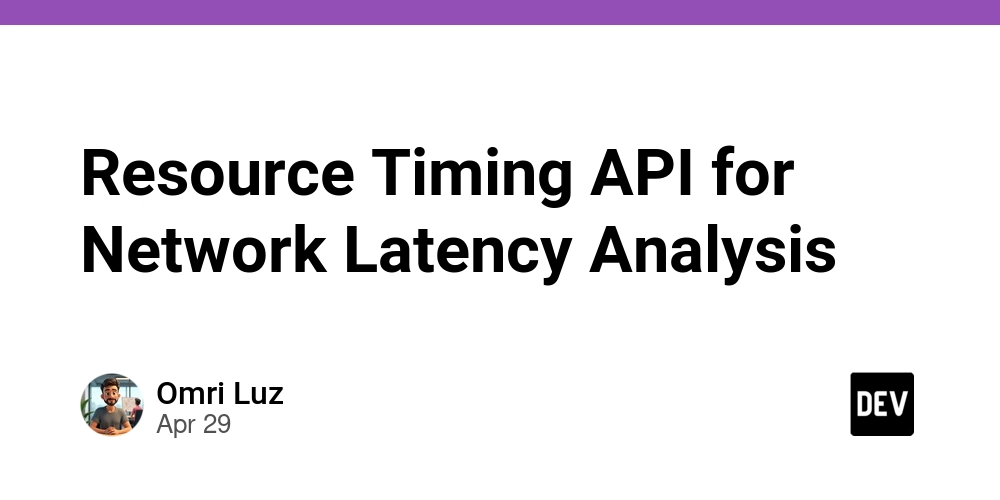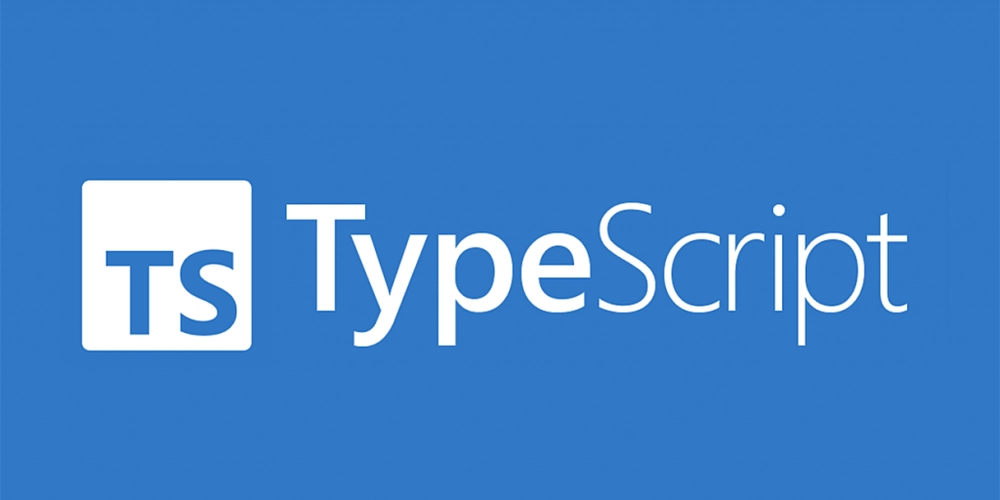REST Easy: Building Bulletproof APIs with Go Fiber
Introduction Twenty years in the IT trenches has taught me one thing: developers will always gravitate toward tools that are both powerful AND simple to use. Go Fiber checks both boxes with bold strokes. If REST APIs were cars, then Go Fiber would be a Tesla Roadster - blazing fast, efficiently designed, and turning heads in the developer community. Let me show you how to get behind the wheel and build a REST API that will make your fellow devs green with envy. 1. Setting Up Your Go Fiber Arsenal: The Foundation of Your API Remember when setting up a web server meant writing hundreds of lines of configuration? Pepperidge Farm remembers. But Fiber is here to save the day with a clean, Express-inspired API that's ridiculously easy to get started with. Here's something most tutorials won't tell you: Fiber is actually built on top of Fasthttp, making it up to 10x faster than standard net/http implementations. That's like upgrading from a bicycle to a motorcycle without changing the way you ride! Let's start our journey by setting up a basic Fiber application: package main import ( "github.com/gofiber/fiber/v2" "log" ) func main() { // Create a new Fiber instance app := fiber.New(fiber.Config{ AppName: "Awesome API v1.0", // Enable strict routing StrictRouting: true, // Return custom error messages ErrorHandler: func(c *fiber.Ctx, err error) error { return c.Status(500).JSON(fiber.Map{ "success": false, "message": "Something went wrong", "error": err.Error(), }) }, }) // Basic route app.Get("/", func(c *fiber.Ctx) error { return c.SendString("Hello, Gophers!

Introduction
Twenty years in the IT trenches has taught me one thing: developers will always gravitate toward tools that are both powerful AND simple to use. Go Fiber checks both boxes with bold strokes. If REST APIs were cars, then Go Fiber would be a Tesla Roadster - blazing fast, efficiently designed, and turning heads in the developer community. Let me show you how to get behind the wheel and build a REST API that will make your fellow devs green with envy.
1. Setting Up Your Go Fiber Arsenal: The Foundation of Your API
Remember when setting up a web server meant writing hundreds of lines of configuration? Pepperidge Farm remembers. But Fiber is here to save the day with a clean, Express-inspired API that's ridiculously easy to get started with.
Here's something most tutorials won't tell you: Fiber is actually built on top of Fasthttp, making it up to 10x faster than standard net/http implementations. That's like upgrading from a bicycle to a motorcycle without changing the way you ride!
Let's start our journey by setting up a basic Fiber application:
package main
import (
"github.com/gofiber/fiber/v2"
"log"
)
func main() {
// Create a new Fiber instance
app := fiber.New(fiber.Config{
AppName: "Awesome API v1.0",
// Enable strict routing
StrictRouting: true,
// Return custom error messages
ErrorHandler: func(c *fiber.Ctx, err error) error {
return c.Status(500).JSON(fiber.Map{
"success": false,
"message": "Something went wrong",
"error": err.Error(),
})
},
})
// Basic route
app.Get("/", func(c *fiber.Ctx) error {
return c.SendString("Hello, Gophers! 









































































































































































![[The AI Show Episode 146]: Rise of “AI-First” Companies, AI Job Disruption, GPT-4o Update Gets Rolled Back, How Big Consulting Firms Use AI, and Meta AI App](https://www.marketingaiinstitute.com/hubfs/ep%20146%20cover.png)




























































































































![Ditching a Microsoft Job to Enter Startup Hell with Lonewolf Engineer Sam Crombie [Podcast #171]](https://cdn.hashnode.com/res/hashnode/image/upload/v1746753508177/0cd57f66-fdb0-4972-b285-1443a7db39fc.png?#)





























































.jpg?width=1920&height=1920&fit=bounds&quality=70&format=jpg&auto=webp#)




















































-Nintendo-Switch-2-Hands-On-Preview-Mario-Kart-World-Impressions-&-More!-00-10-30.png?width=1920&height=1920&fit=bounds&quality=70&format=jpg&auto=webp#)












































































































-xl.jpg)





























![New iPad 11 (A16) On Sale for Just $277.78! [Lowest Price Ever]](https://www.iclarified.com/images/news/97273/97273/97273-640.jpg)

![Apple Foldable iPhone to Feature New Display Tech, 19% Thinner Panel [Rumor]](https://www.iclarified.com/images/news/97271/97271/97271-640.jpg)





































































![[Weekly funding roundup May 3-9] VC inflow into Indian startups touches new high](https://images.yourstory.com/cs/2/220356402d6d11e9aa979329348d4c3e/WeeklyFundingRoundupNewLogo1-1739546168054.jpg)





























